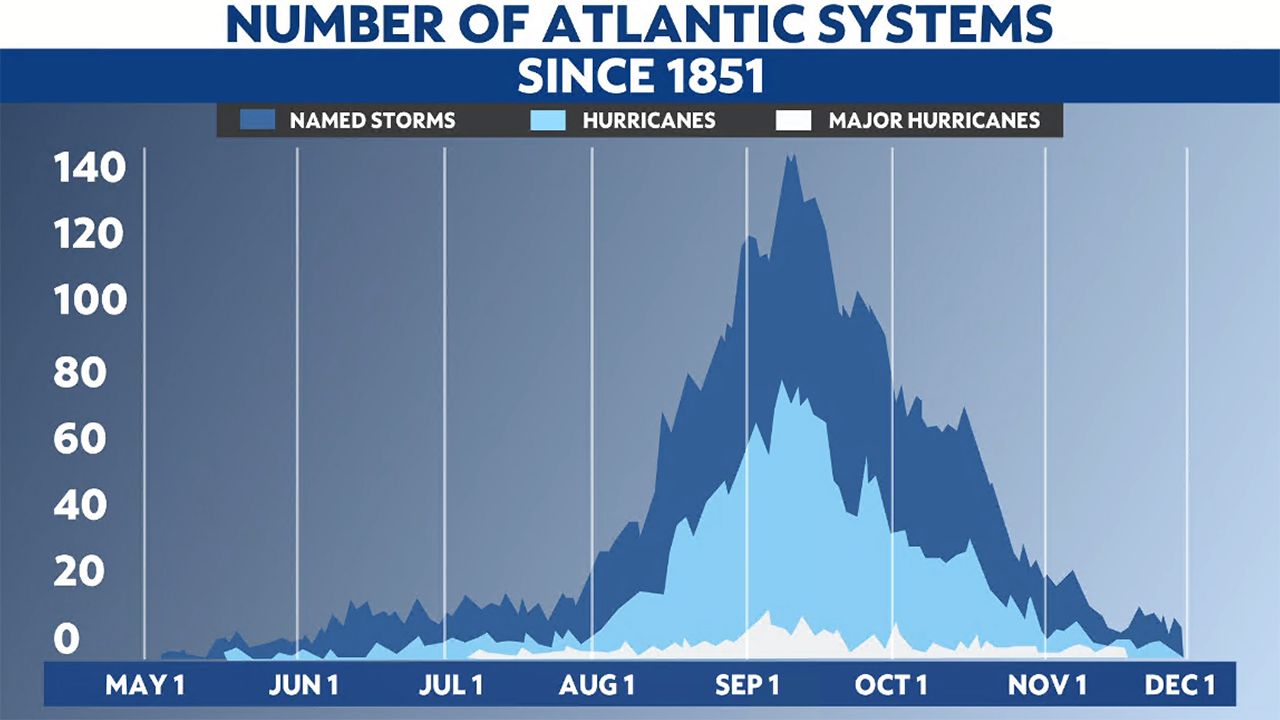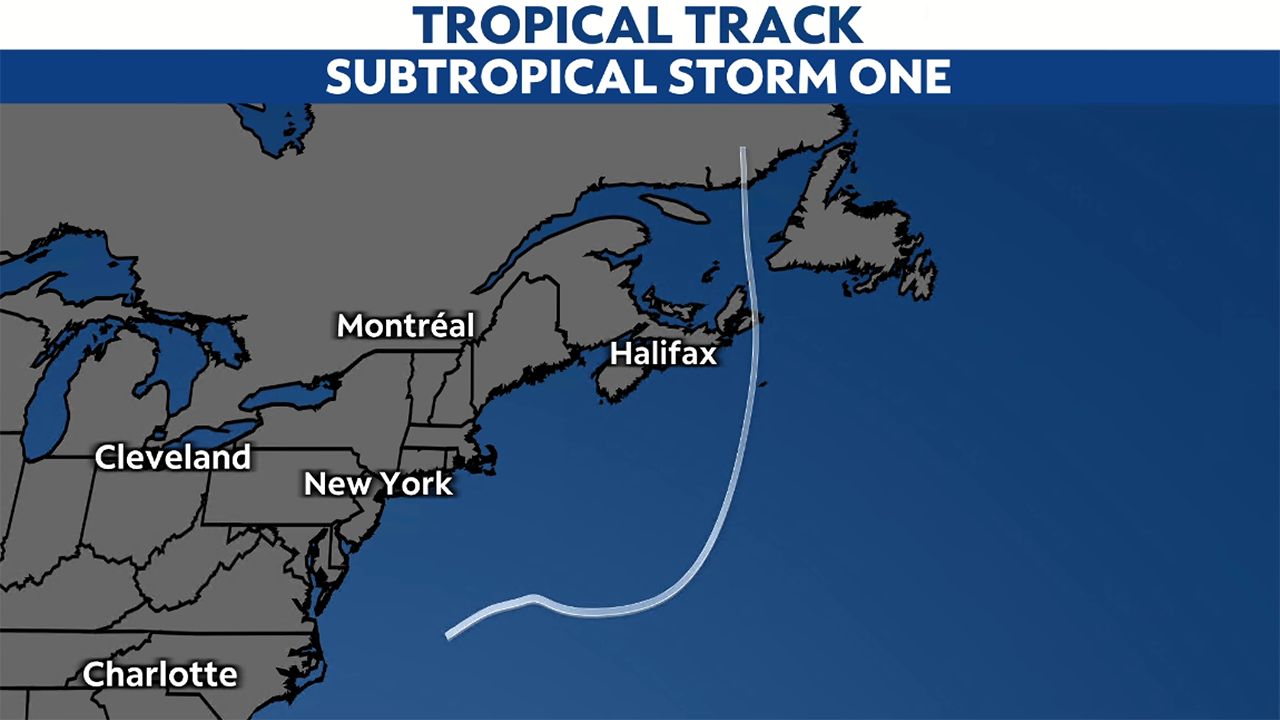The 2023 hurricane season has started out less than thrilling, but it’s not the only year we’ve stayed on the calm side… at least to begin the season.
What we’ve seen in the past
Just last year in 2022, we only saw three named storms until activity picked up in September. We then saw 11 named storms to close out the season.
And it’s not that uncommon.
Almost every year from 2000 to 2021 saw a slow start to the season. It wasn’t until around August and September when activity picked up.
The only outliers were the years 2022 and 2005, which both hit the ground running once the season started.
Spectrum News 13 chief meteorologist Bryan Karrick says, “The hurricane season usually starts slow because sea surface temperatures are warming, and the upper air pattern is evolving through the summer months.”
What this year has brought
It was an odd start with one storm, a subtropical storm, forming in January, a rare event that has only happened six other times since record keeping began in 1850.
But so far this year, we’ve only seen four named storms, with one hurricane included in that four.
On the other hand, the Pacific has seen more intensity, seeing four hurricanes and one tropical storm.
This is in line with an El Niño pattern, but Karrick states, “we’ve also had large plumes of Saharan dust that have moved off the coast of Africa and crossed the Atlantic. This dust creates stability in the mid-and-upper atmosphere, keeping things upstairs dry. The SAL [Saharan Air Layer] will begin to subside as we enter the peak of hurricane season.
“Because sea surface temperatures are running well above average, in some cases, record warm, we will see storms feed from this high octane fuel and potentially overcome the effects of El Niño. It could lead to a higher than average number of named storms for the second half of the season.”
Peak of Atlantic Season
We’ll continue to monitor the tropics as we move closer to the peak of hurricane season. That peak is typically around the second week in September.

The season runs until Nov. 30, and it only takes one storm to make it a bad season. So prepare now before a storm is in your forecast.
Our team of meteorologists dives deep into the science of weather and breaks down timely weather data and information. To view more weather and climate stories, check out our weather blogs section.

